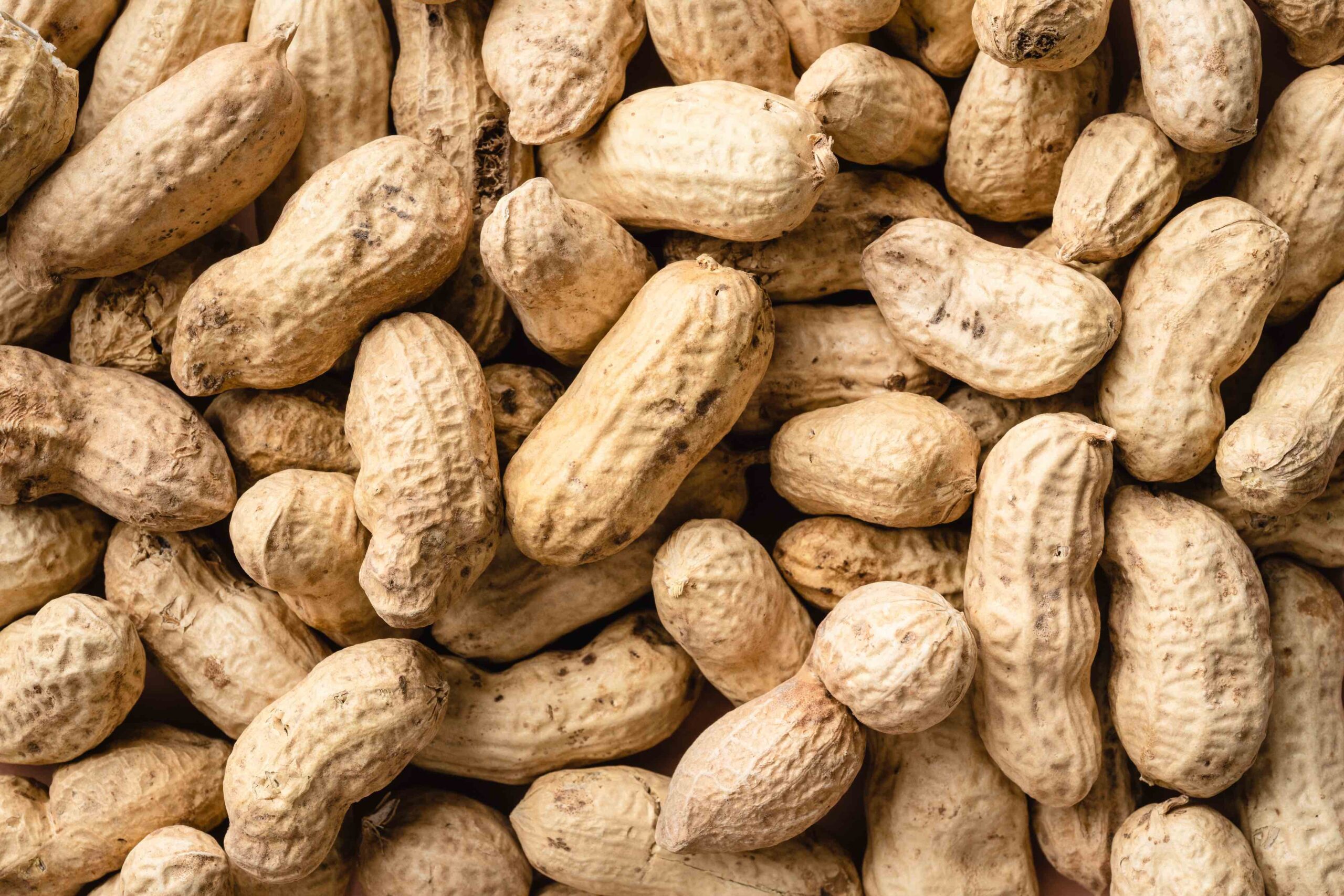In 2022, the U.S. had a sizable decrease in peanut acreage, as farmers shifted cropland to more cotton acres across the region. This was likely due to price pressure from other crops around planting time in 2022, most notably cotton. However, with the average peanut price received by farmers projected to reach a ten-year high for the 2022/2023 marketing year – at an estimated $540 per ton – what is peanut acreage expected to look like in 2023?
The USDA projects planted peanut acres to increase by 7%, reaching 1.547 million acres nationwide in 2023 (figure 1).[i] This increase in projected peanut acreage comes as prices for other crops have dropped. As of April 20th, December 2023 cotton futures closed at 80.58 cents per lb, which is 40.44 cents per lb less than what December 2022 cotton futures were traded at on the same date last year. The rise in peanut acreage is driven by forecasted increases in two of the three peanut-producing regions – the Southeast and Virginia-Carolina. None of the peanut producing states in these two regions are expected to see declines in planted acreage compared to last year. Georgia is projected to lead the way with 740 thousand planted peanut acres, which would mark an 8% increase from 2022. Conversely, the three peanut-producing states in the Southwest region are all expected to decrease acres planted to the crop in 2023, which has possibly come at the expense of their large increases in wheat acreage this year.
Figure 1. 2023 U.S. Intended Peanut Planted Acres Compared to Previous Year, by State

Now, how accurate have peanut planted acreage forecasts been in recent years? Over the past decade, the error in peanut projections has been relatively small. The final peanut planted acreage estimate has exceeded the intended planted acres forecast in four out of the last nine years, by an average of 2.2%. For example, peanut planted acreage ended up being 7.7% lower than was predicted in 2022, as shown in figure 2. The accuracy of the intended peanut plantings is similar to those for rice and cotton – two other predominantly Southern crops – which are typically less accurately predicted than nationwide crops, such as corn and soybeans.[i]
Figure 2. U.S. Peanut Intended Planted Acres vs. Final Estimates, 2019-2023

With peanut prices elevated for last year’s crop, it remains uncertain how increased planted acreage would affect peanut markets moving forward. Last year’s decrease in peanut acreage led to an almost 400-thousand ton drop in peanut production.[i] While peanut acreage is expected to be above last year’s level, the forecasted mark would fall short of what was planted in 2020 and 2021. Coupled with the lower expected peanut consumption this current marketing year, a bumper crop could see peanut stocks soar and prices decline during the 2023/2024 marketing year, whereas a more moderate crop could see stocks remain at a similar level to where they are currently. In all, combining the projected higher peanut production with the lower competition from other crops, it is likely that peanut contract prices for this year’s crop will decrease.
[i] Sawadgo, Wendiam. “2023 Peanut Market Outlook.” Southern Ag Today 3(8.1). February 20, 2023. Permalink
[i] Biram, Hunter, and William E. Maples. “Key Takeaways and Reliability of the 2023 Prospective Plantings Report.” Southern Ag Today 3(14.1). April 1, 2023. Permalink
[i] USDA-NASS. Prospective Plantings. March 31, 2023. Available at: https://downloads.usda.library.cornell.edu/usda-esmis/files/x633f100h/rv044597v/gx41nz573/pspl0323.pdf
Sawadgo, Wendiam. “Peanut Acreage Projected to Increase in 2023.” Southern Ag Today 3(17.1). April 24, 2023. Permalink
Photo by Marina Leonova: https://www.pexels.com/photo/close-up-shot-of-peanuts-7717463/

